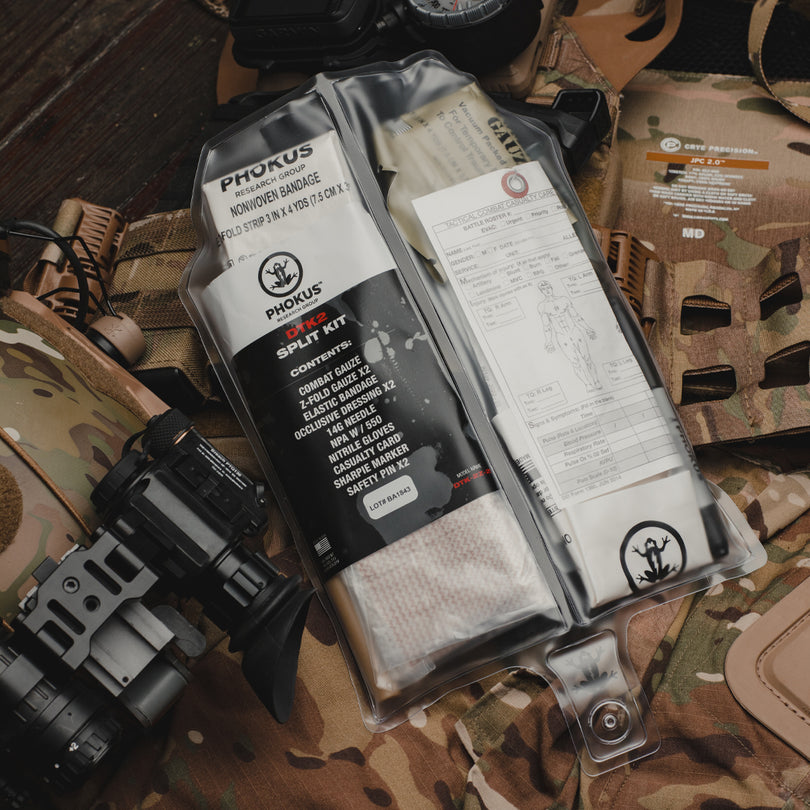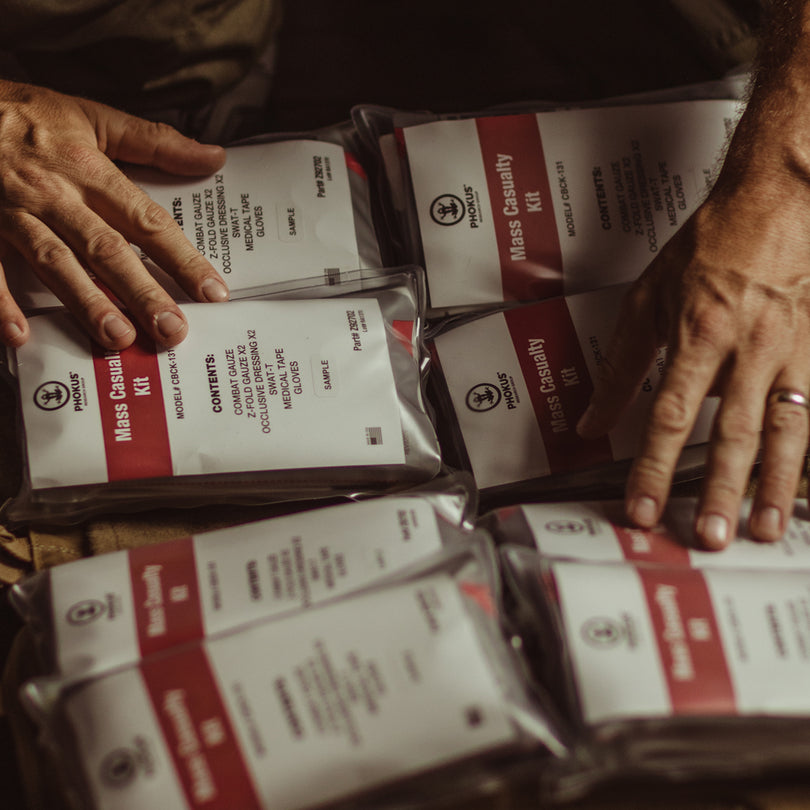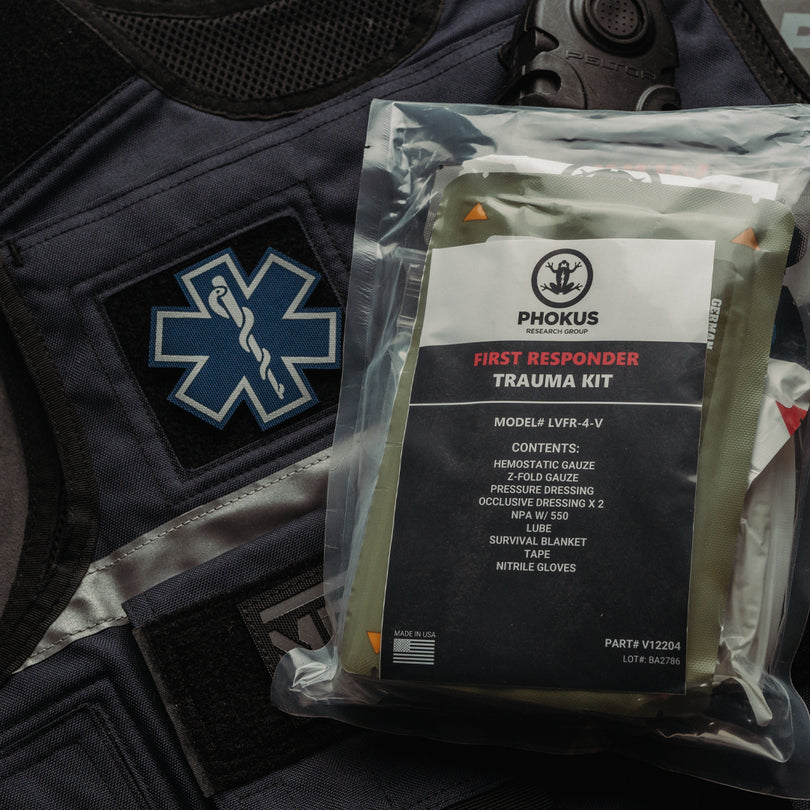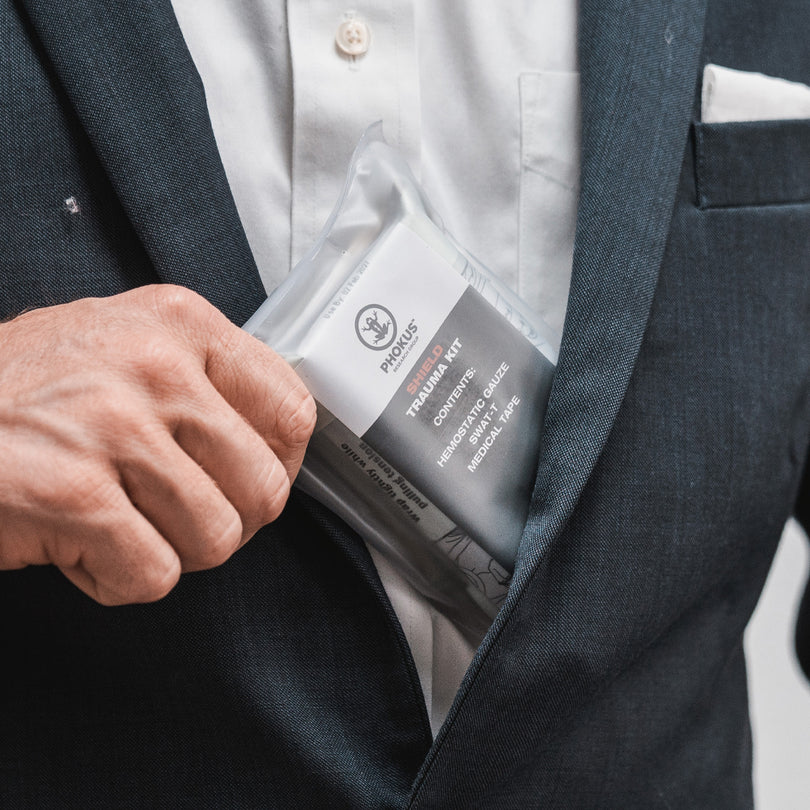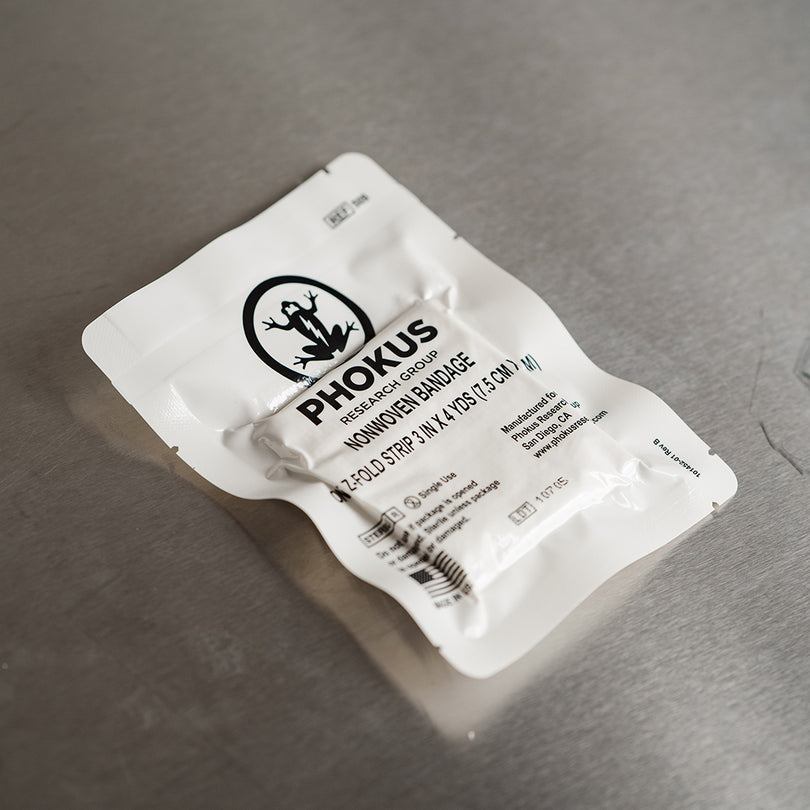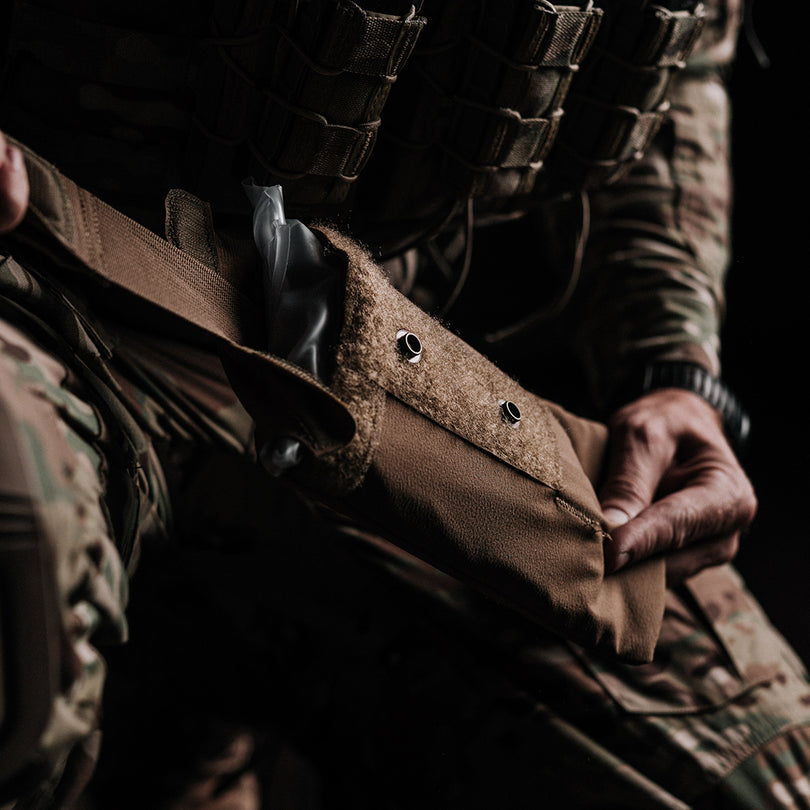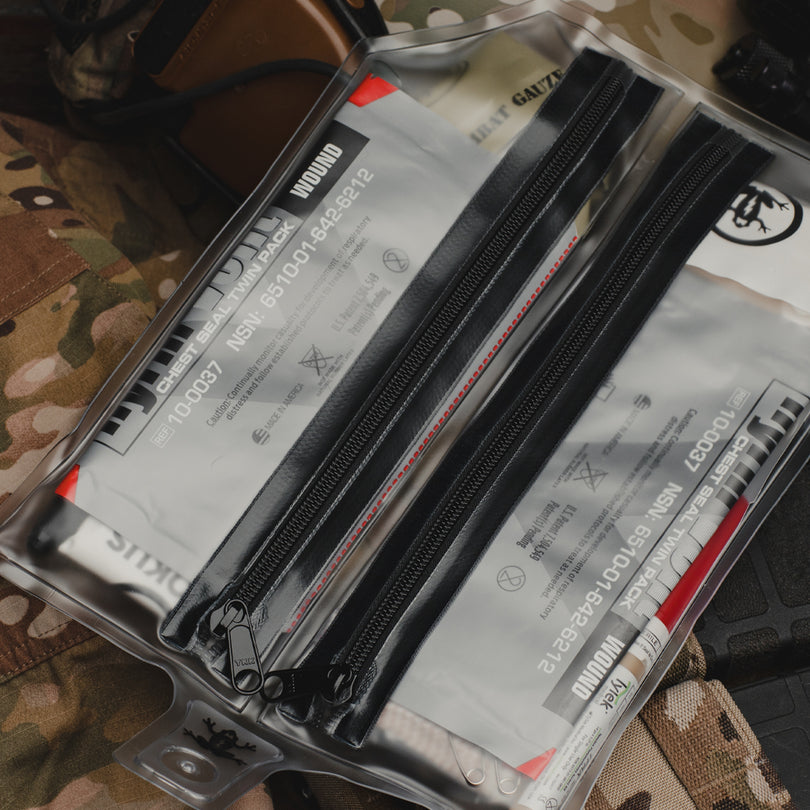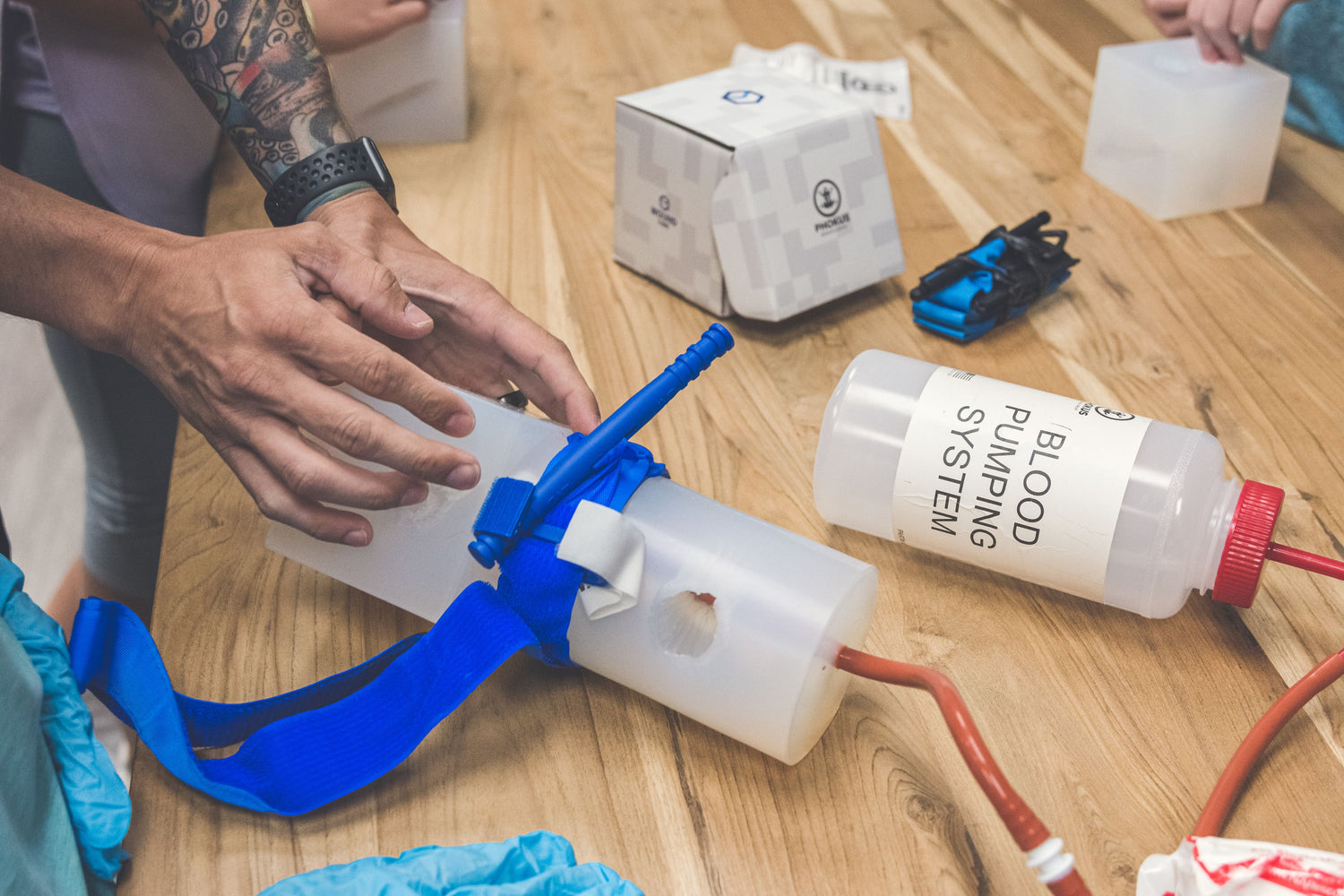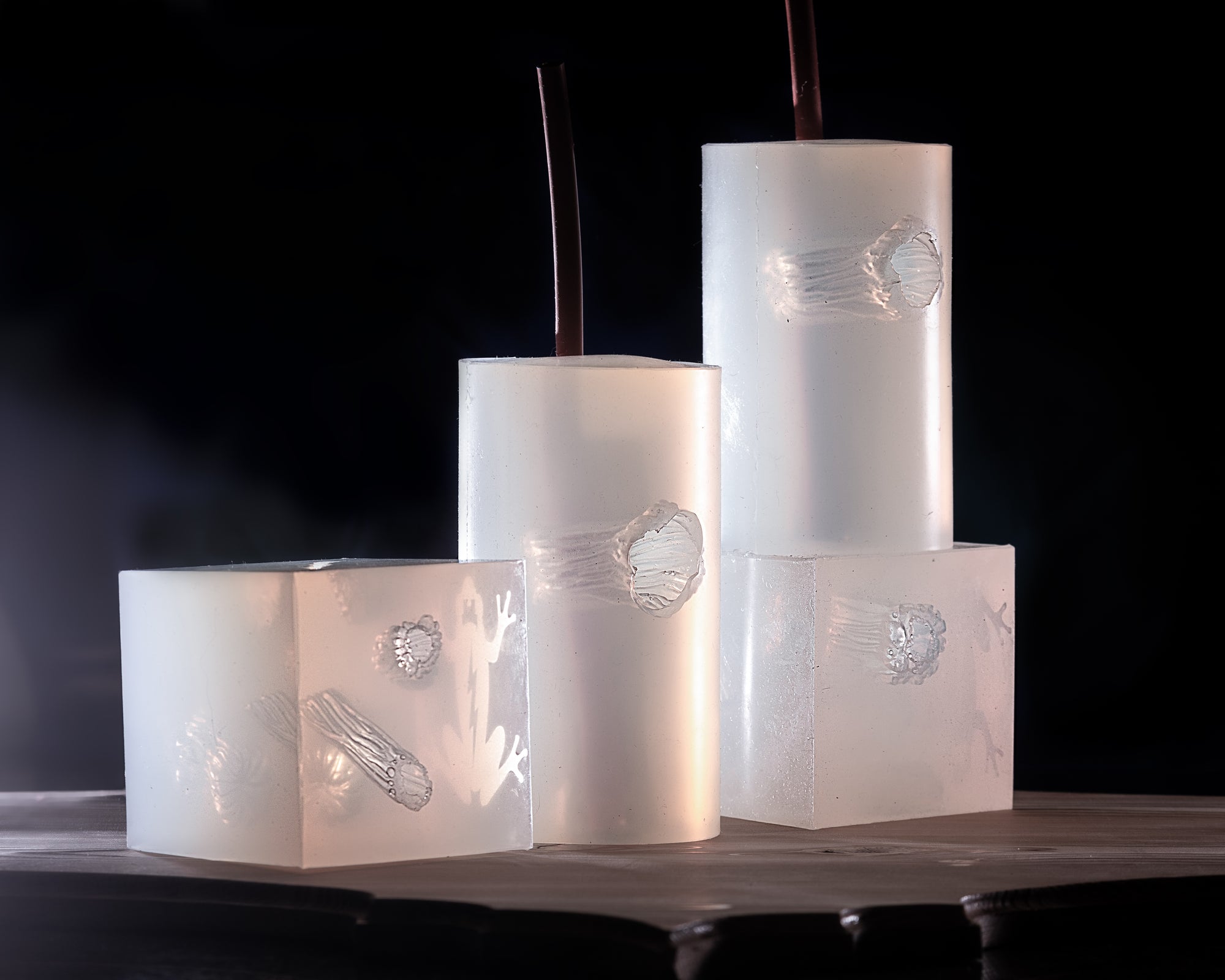We are all Sentient Beings of Blood.
I mean that with the greatest respect – humans are living, walking, thinking vessels of blood. I, too, am a postulating package of plasma – this warm, coagulable, living fluid we call blood is literally the lifeforce that allows us to do anything.
Our blood is a wonder liquid. It carries oxygen and removes waste, hitting each cell in our body multiple times a minute. It is self-preserving, clotting itself off when exposed to air. There is an entire medical specialty devoted to blood – hematology. Blood is powerful stuff, both literally and in metaphor.
So, as any other reasonable blood filled creature would conclude, blood is better in than out - losing blood is generally frowned upon. That’s why it comes neatly wrapped up in a watertight human suit.
But, as we all know, even the best designs can have flaws. I mean, just look at the Death Star – an exhaust port the size of a womp rat led to a lot of blood loss (it’s true, you can look that one up). So how do we, fellow Stormtroopers, stop the bleed in the face of the unexpected? It is actually quite simple: Stop the Bleed. Note my use of capitalization – it is a formal title, dear reader, and not a dimwitted response (you can look that one up too).
Stop the Bleed. This formal title is attached to a course that Phokuses (see what I did there?) on keeping our blood where it belongs – inside those human suits. A bunch of smart people realized that after major tragedies – like mass shootings or other attacks of terrorism – many victims may have survived if bystanders had the tools and training to prevent mass hemorrhage. This extends beyond intentional acts of evil to everyday accidents – none of us are immune to the chaos of trauma. An accident in a wood shop, an auto collision, a slip with a kitchen cleaver – in the blink of an eye any one of us or our loved ones can suddenly come face to face with our life-sustaining blood.
The average adult human suit can bleed out in about 3 minutes. The average response from emergency medical services is about 7-8 minutes. I was never great at math, but even I can figure those numbers with little to no use of my fingers – in a race against the clock, blood will win against the most hurried ambulance. This is where Stop the Bleed comes in: teaching the average human suit how to keep themselves or another alive until medical help can take over.
Stop the Bleed teaches basic steps that anyone can take to help a person who is hemorrhaging. The course is quick, simple, and, better yet, incredibly effective. Using basic principles like compression, wound packing, and tourniquets, the course gives even the most squeamish human suit the ability to keep that precious blood inside, where it belongs. Not only can this save a life, but it can save the quality of life – even if blood loss does not lead to outright death, it can lead to a host of organ failures, including permanent brain damage. It is in everyone’s best interest to learn these skills and how to use the tools necessary (like tourniquets) so that if the worst comes true and we are faced with watching a loved one bleed out, we can jump into effective action and save their lives.
In April of this year, a gunman tossed a smoke grenade onto a crowded New York City subway, and then opened fire. Many were injured, but there were no deaths. In the aftermath, cell phone video footage showed bystanders applying Stop the Bleed techniques – which undoubtedly made a difference. While I wish it wasn’t needed, Stop the Bleed works – and it works well.
Because of its efficacy, Stop the Bleed is being taught to schoolteachers, airport employees, grocery store workers, university students, daycares – all over the nation. This training is valuable for every single person and is already making a difference. Bleeding control kits are becoming as commonly found as automatic external defibrillators for CPR (AED’s). Go to any major airport and look for the closest AED – chances are high that you will also find a bleeding control kit with the essentials needed to keep yourself or someone else alive.
You don’t have to go forth alone – Stop the Bleed is there. Find a course, get your own bleeding control kit, and keep that blood where it belongs. From the meandering medical mind of Phokus Research – go forth and conquer.

